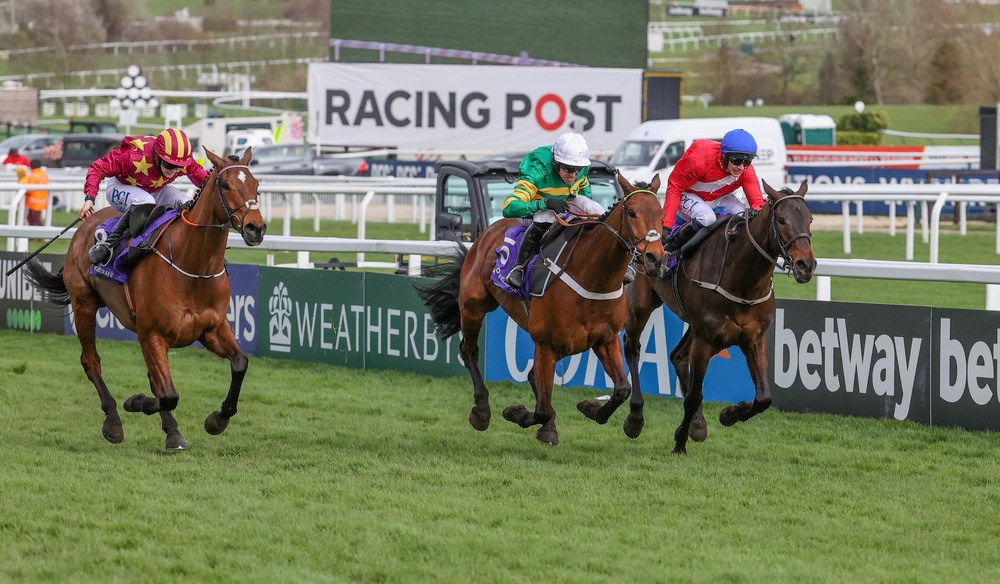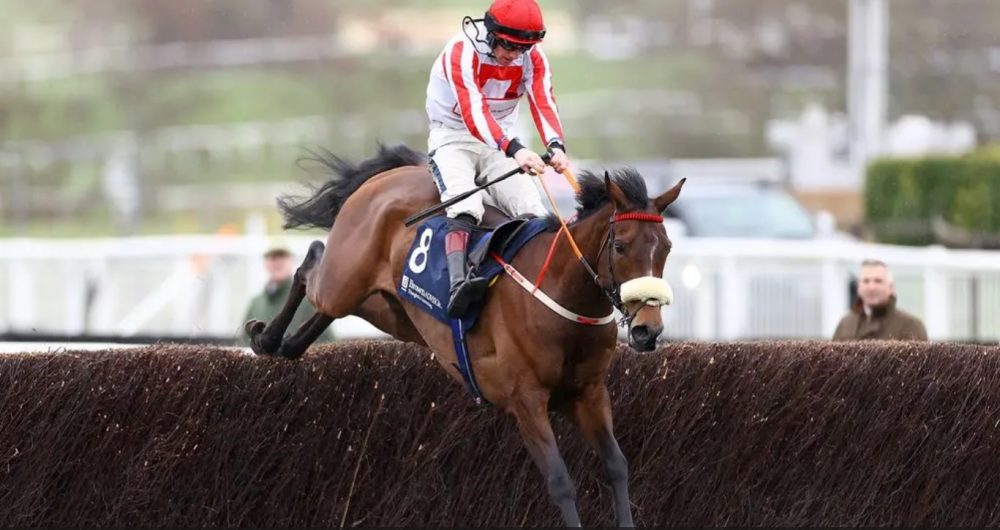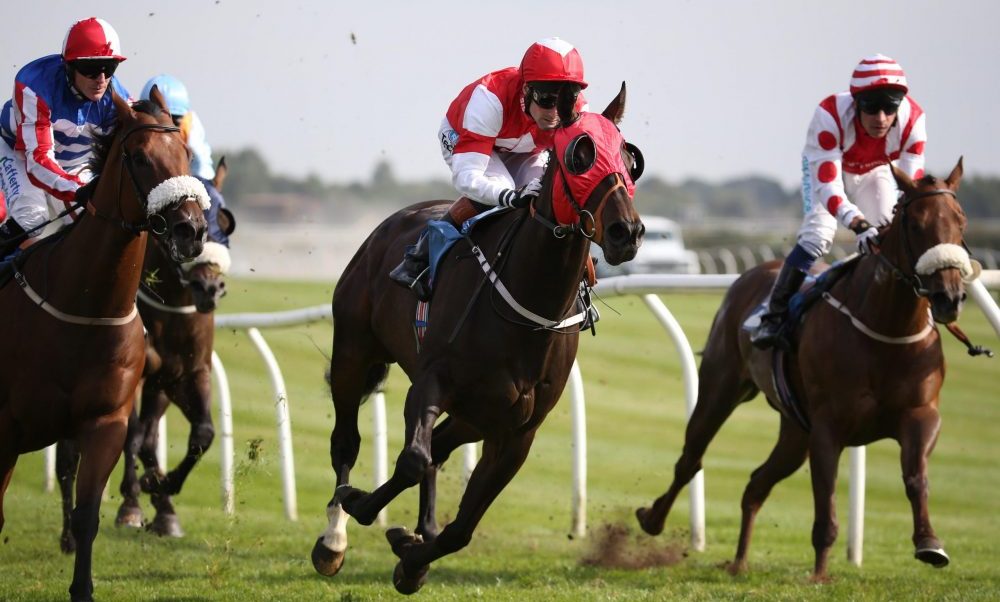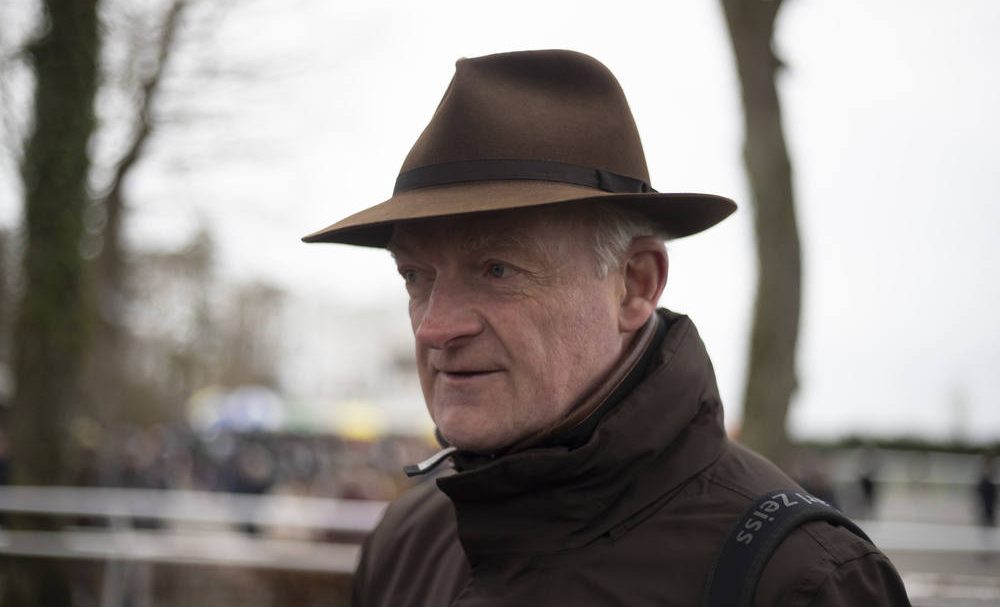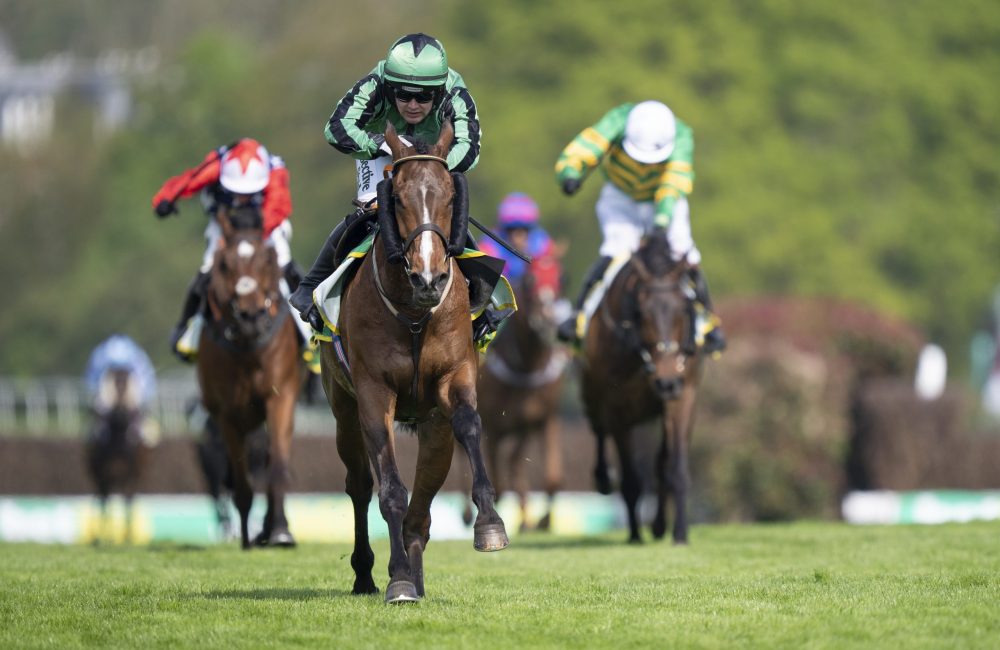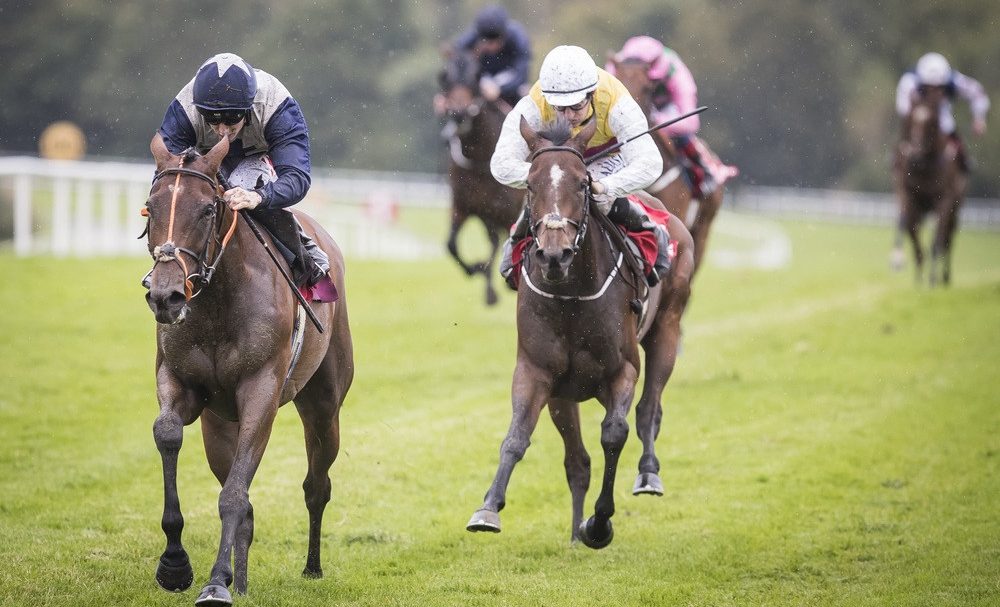
Front Runners Versus Hold Up Horses
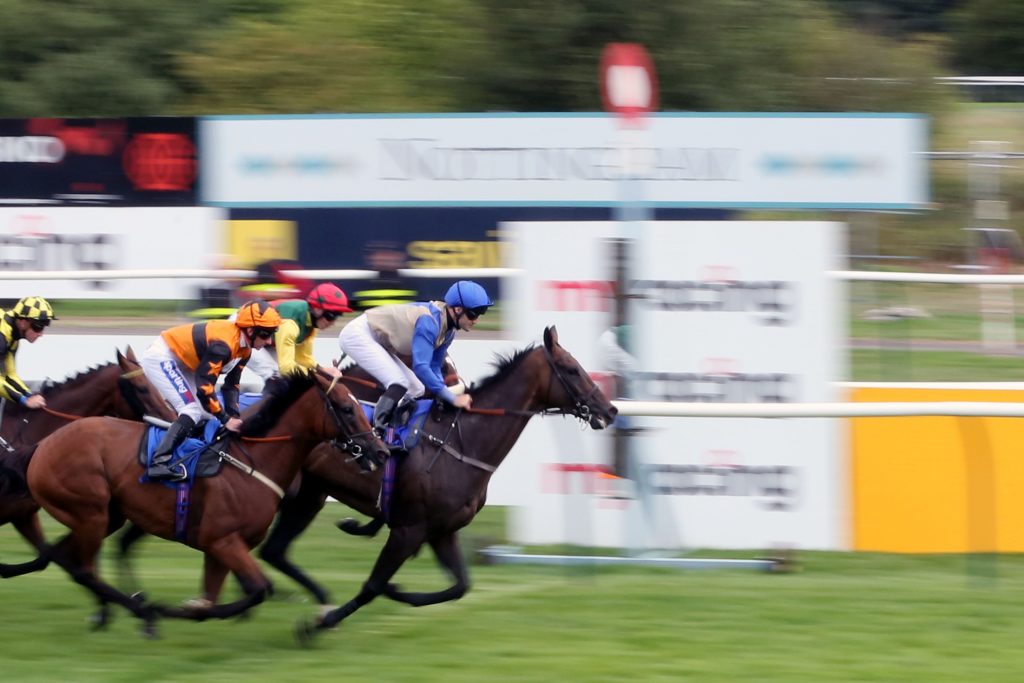
It’s the age-old conundrum and is something that gets every horse racing fan het up on a daily basis. Pace is quite literally what makes a race, with some contests favouring front-runners and others to those held up off the pace. Although individual to each race and the runners, there are certain tracks that favour horses off the front end or those flying home from off the pace. Equally, there are also jockeys who excel when they’re setting the fractions, or alternatively when they’ve weaving there way through. In this article, we’re going to be analysing perhaps the biggest debate in racing, is it better to be held up, or sat controlling the race from the front? Our team previews plenty of races each day in our Racecard section, where you can find runner by runner analysis and find out which horses might be making the pace (if you like a front-runner, that is!).
Jumps Analysis
Given how long the races are, a masterful ride from the front always has to be admired, as there is little room for error in terms of going for home too soon. Even 100 yards can make the difference, especially on softer ground, as horses can really tire late on and hold-up performers have longer to get themselves organised. That said, I would say there is more of an advantage to front-run over obstacles, as a horse who can jump and travel off the front end is always a difficult animal to pass. Native River is a prime example, not only does he keep up a relentless gallop, he takes lengths out of his rivals at the obstacles and that makes it very difficult for horses to gain ground.
Jumps Tracks
Cheltenham – The chase course tends to favour those who are prominent throughout, despite how tough the climb for home is. That is in part due to the fact of how many fences there are down the side before you turn for home, with two further fences up the home straight. On the hurdles course, there tends to be more of an emphasis on stamina, with just two flights inside the final six furlongs. That invariably tends to favour horses who have been left to bide their time.
Aintree (Mildmay) – You tend to need a horse who can travel to be successful at Aintree, with the run for home after the final turn spanning half a mile. That said, with three fences on the run for home, a horse who can jump can prove very tough to pass if they’re tenacious enough. There is a lot of galloping to do up the straight on the hurdling track, especially between obstacles, and there is plenty of time for a horse from behind to fly home.
Sandown – The Esher venue has perhaps the toughest chase track on the calendar, with the infamous railways down the back straight. If you can jump cleanly, the battle is half won and front-running horses to tend to be very hard to pass. The climb for home does mean horses need to dig deep and can leave those with less stamina vulnerable, however, so Sandown is perhaps one of the fairer courses from a pace perspective.
Jumps Jockeys
Front Running – Although it’s not a tactic he employs all that often, Daryl Jacob is an extremely good judge of pace. That said, Richard Johnson is a master when allowed to dictate his own fractions. His ride on Native River in the Gold Cup is as good an example as any to showcase just how dangerous he really is. He gets horses into a beautiful rhythm and given his own determination, they don’t tend to stop rolling.
Hold Up – The obvious one for this accolade is Davy Russell, who is the epitome of patience and talent. If you see Davy in the mirrors turning for home still on the bridle, the chances are that you’re about to be passed. He has a sixth sense for knowing how much horse is beneath him and shares this honour with Brian Hughes. A prolific winner and sat third in the Jockeys’ Championship, he never knows when to give up and tends to always get the maximum out of his mounts.
Flat Analysis
The flat is equally about split-second decision making as much as planning on the fly. For both jockeys who are off the front and those coming from behind, there is little margin for error. For the front-running jockeys, timing your burst for home is crucial, though much of the same can be said for those coming from behind. That is why I would again say there is more of an advantage for sitting on the front-end. Horses sent on tend to be more straight-forward and Mark Johnston’s string is a prime example, as they just keep on battling and never know when to quit. Coming from behind always requires a bit of luck, as getting blocked in for a split second can lose you the race, and front-running tends to eliminate that sense of being hard done by.
Flat Tracks
Ascot – A galloping circuit with no real sharp turns, Ascot can tend to lend itself to a horse who attempts to make the running. With the run from Swinley Bottom into the straight very sweeping, it can prove very difficult for horses ridden patiently to make up late ground. Positioning tends to be key, as coming through horses without switching around the field can prove very tricky. That said, the run-in has a steady incline towards the finish, so horses who go too soon on the straight course can leave themselves vulnerable late on.
Newmarket – Headquarters is a difficult equation, on the bare face of it, it’s another venue that favours horses who can stretch out from a prominent position. That said, it’s a course full of undulations which can catch out long-striding types, especially as they descend into the dip before the climb for home. A horse proven at the trip is essential, given the stiff finish, and horses who go for home too soon can easily be caught on the run to the line. In a brief conclusion, a front-running stayer who handles the track tends to prove best, but those with inexperience can pay the price.
Goodwood – A notoriously difficult venue, Goodwood is, in essence, a sharp track, which tends to favour horses who are ridden handily. It’s a venue that tends to throw up a huge amount of hard luck stories, as horses who are stuck on the far side rail rarely manage to find a way through without causing interference. With six of the winning horses at Goodwood’s last meeting being ridden handily (correct as of 10/10), it’s a track that does give front-runners plenty of help.
Flat Jockeys
Front Running – An absolute master of setting the fractions, Richard Kingscote rarely finishes outside the places when handed a soft lead. If he’s on a prominent racer, especially at Haydock, he always needs special attention. Another obvious jockey would be Frankie Dettori, who has been around the block a thousand times and is always dangerous to allow a soft lead. On the Irish front, Donnacha O’Brien is a fantastic judge of pace and has the obvious plus of his father’s ammunition.
Hold Up – Racing’s best equivalent to marmite, it’s impossible to deny that Jamie Spencer is one of the best hold-up jockeys in the country. When you see Jamie on the bridle in the final few furlongs, it’s rare that he isn’t about to unleash the “Spencer Drive” to the front (though I’m sure plenty will argue against!). James Doyle proved why he deserved a spot in this category for his masterful ride on Sea Of Class in the Arc. Drawn wide, he was forced to drop his mount in, weaving a majestic passage up the straight to be beaten a neck. Doyle has caught many peoples’ attention once again this season and that’s is for good reason.
We have horse racing tips each day for a plethora of meetings, including many which have previews to accompany them, where you can find all our pace analysis!


